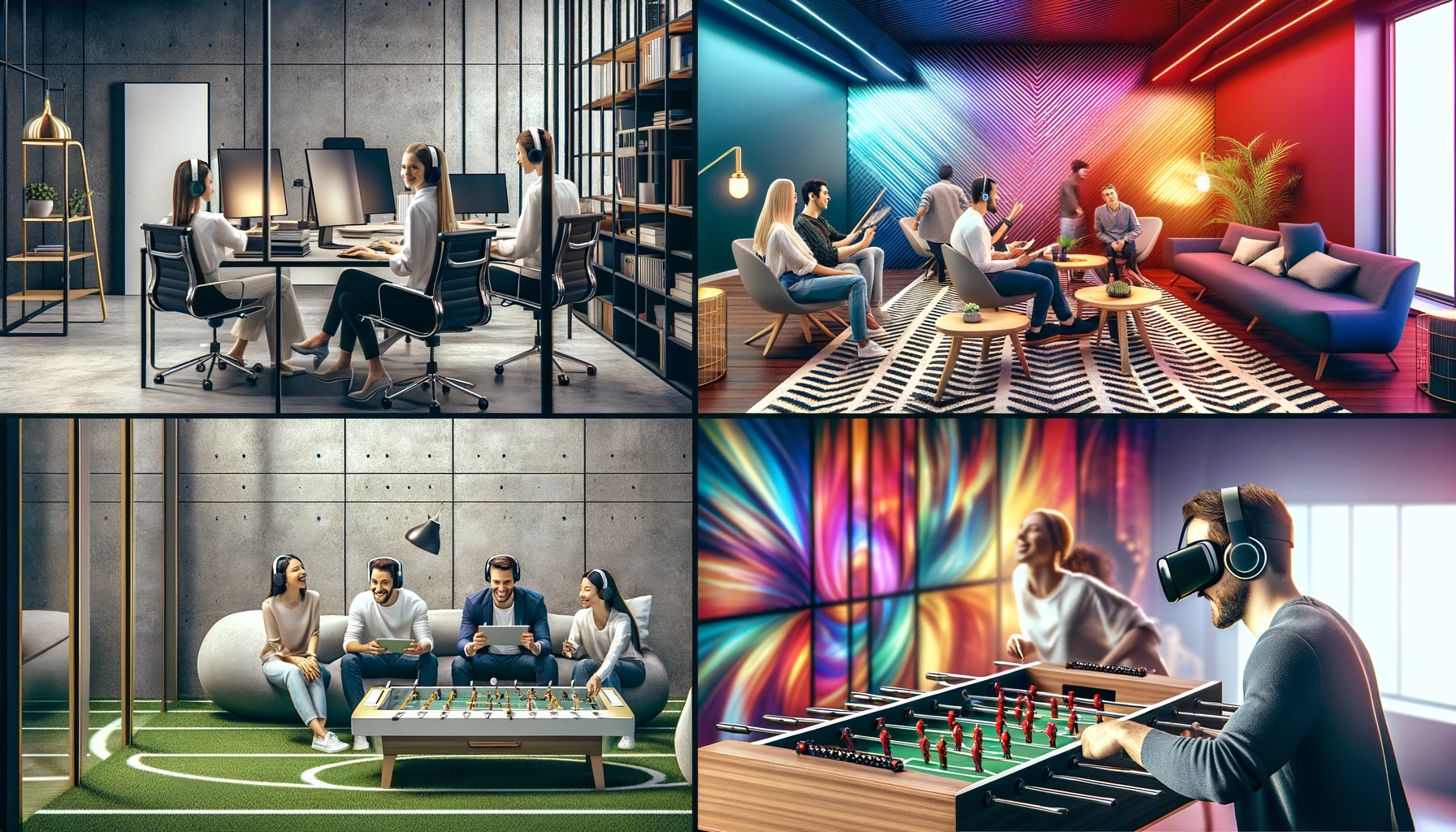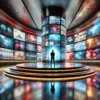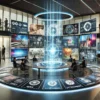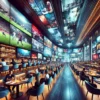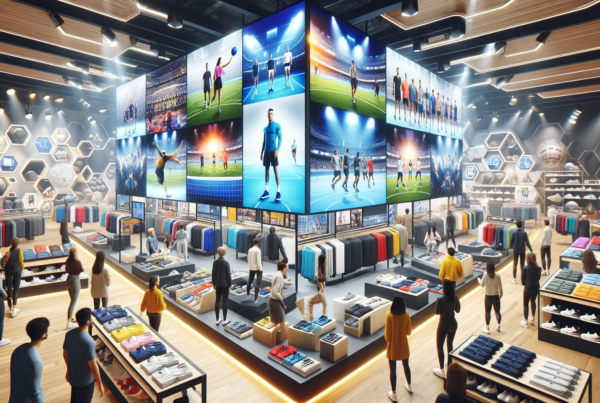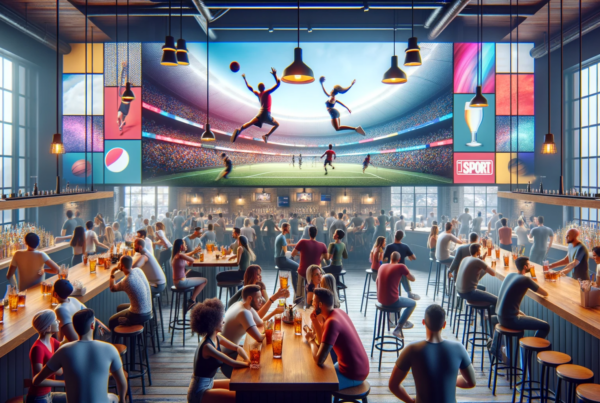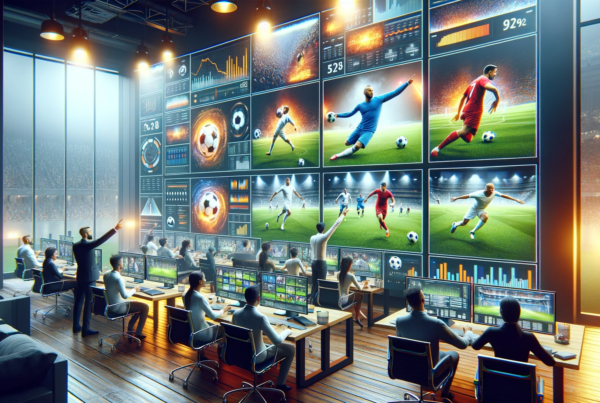The Role of Entertainment in Private Office Settings
Modern workspaces are evolving, and businesses are continually seeking innovative ways to enhance productivity and employee satisfaction. One such approach is the integration of entertainment solutions for private offices. This concept goes beyond mere leisure; it’s about creating an environment that fosters creativity, reduces stress, and promotes a positive work culture. But what exactly does entertainment entail in the context of a private office, and how can it contribute to a more dynamic workplace?
Entertainment in the office can range from ambient music systems to gaming areas, art installations, and even virtual reality experiences. These solutions are not intended to distract but rather to provide a mental break, stimulate the mind, and encourage a sense of community among employees. When implemented thoughtfully, entertainment can serve as a tool for rejuvenation, leading to increased focus and productivity when employees return to their tasks.
Moreover, entertainment solutions can be a unique selling point in attracting and retaining top talent. A workplace that values the well-being and satisfaction of its employees is more likely to foster loyalty and a strong employer brand. In this section, we will explore the various types of entertainment solutions suitable for private offices and discuss their potential impact on workplace dynamics.
Types of Entertainment Solutions and Their Benefits
Music and Soundscapes
Music has the power to set the tone of a workspace. Background music systems that play soothing or energizing tunes can help in setting a productive atmosphere. Soundscapes, such as nature sounds or white noise, can also be beneficial in masking office noise and minimizing distractions.
Game Rooms and Recreational Spaces
Game rooms equipped with table tennis, foosball, or video games can provide a quick escape from work-related stress. These spaces encourage social interaction and can lead to spontaneous collaboration and team bonding.
Art and Creative Outlets
Displaying art or providing materials for creative expression can inspire employees and spark conversations. Art can transform the look and feel of an office, making it a more inviting and stimulating environment.
Technology-Driven Entertainment
Advanced technology like virtual reality (VR) or augmented reality (AR) can offer immersive experiences for employees to explore and learn from. These technologies can also be used for team-building exercises or educational purposes.
Each of these entertainment solutions offers unique benefits, from stress reduction to enhanced creativity and team cohesion. When selecting entertainment options, consider the company culture, space availability, and the preferences of the employees to ensure a positive impact.
Best Practices for Implementing Entertainment in Private Offices
Introducing entertainment solutions into a private office requires careful planning and consideration. Here are some best practices to ensure a successful implementation:
- Assess Employee Needs: Survey employees to understand their interests and preferences. This will help in choosing the most appropriate and welcomed entertainment options.
- Set Clear Guidelines: Establish rules and policies regarding the use of entertainment areas to prevent misuse and ensure that work remains the top priority.
- Integrate Seamlessly: Design entertainment spaces that blend with the office environment without causing disruptions. Consider the flow of the office and the acoustics when setting up music or game areas.
- Monitor and Evaluate: Regularly assess the usage and impact of entertainment solutions. Solicit feedback from employees and be open to making adjustments as needed.
By following these practices, private offices can create an environment where entertainment and work complement each other, leading to a more satisfied and productive workforce.
Case Studies: Successful Entertainment Solutions in Action
Real-world examples can provide valuable insights into the effectiveness of entertainment solutions in private offices. Case studies from various industries show how companies have successfully integrated entertainment into their workspaces and the positive outcomes they have experienced.
For instance, a tech company may install a VR setup that not only serves as a break room activity but also doubles as a tool for product demonstrations and client engagement. Another example could be a creative agency that uses wall spaces to display rotating art exhibits, inspiring creativity and conversation among employees.
These case studies highlight the potential of entertainment solutions to transform private offices into vibrant and engaging workspaces that support both individual well-being and collective productivity.
Key Takeaways
In conclusion, entertainment solutions for private offices are more than just a perk; they are a strategic investment in the workforce. By carefully selecting and implementing entertainment options, businesses can create an office environment that promotes well-being, fosters collaboration, and enhances productivity. It is essential to listen to employee feedback, set clear usage guidelines, and be willing to adapt as the needs of the office evolve. With the right approach, entertainment can play a pivotal role in building a dynamic and thriving workplace.

